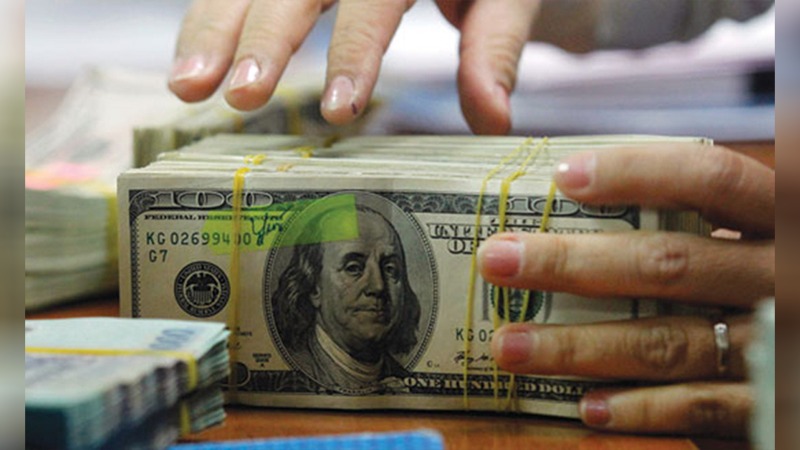Pakistan’s current account deficit (CAD) has sharply declined by 81 per cent in the first two months of FY25, providing a much-needed boost to the country’s external economic outlook. In a significant development, August saw a $75 million surplus, a marked improvement from the $152 million deficit recorded in the same month last year.
This development offers some relief to a government grappling with an immense external debt servicing burden. Pakistan requires $26.2 billion to meet debt obligations in FY25, a figure that continues to grow each year. Financial experts, however, caution that while the short-term decline in CAD is encouraging, the long-term economic challenges remain concerning.
IMF loan and debt rollover critical to stability
Pakistan’s external debt challenges have necessitated the anticipated approval of a $7 billion loan from the International Monetary Fund (IMF), expected next week. The loan will primarily be directed toward debt repayment and interest servicing. Even with this IMF assistance, the country still needs to secure $12 billion in debt rollover agreements from China, Saudi Arabia, and the UAE.
Both the finance minister and the governor of the State Bank of Pakistan have expressed confidence in obtaining these rollovers, which have already contributed to a stable local currency and maintained a steady exchange rate.
Current account deficit on the decline
The current account deficit for July-August FY25 stands at $171 million, a dramatic reduction from $893 million during the same period last year. In comparison, the CAD was $665 million in FY24, $3.27 billion in FY23, and an alarming $17.48 billion in FY22. This sharp contraction has garnered attention, as it demonstrates the government’s ability to make progress on the external front, despite lingering political and economic uncertainties.
Analysts believe that the August surplus, following a hefty $246 million deficit in July, sends positive signals to both investors and remittance inflows. With this shift, there is optimism that overseas Pakistanis and exporters may increase dollar inflows, further stabilising the country’s foreign reserves.
Foreign direct investment increases, but challenges persist
Foreign direct investment (FDI) also witnessed a substantial 55.5pc increase in the first two months of FY25, amounting to $350 million compared to $225 million in the same period last year. August alone saw an inflow of $214 million, a notable rise from $142 million in August FY24.
Despite these promising figures, the total volume of foreign investment remains underwhelming. Political instability and short-term economic policies continue to deter major foreign investors, even as the government offers attractive deals to lure them. Economic analysts stress that while the rise in FDI is a positive sign, sustained foreign investment will require long-term stability and policy certainty.
Conclusion
Pakistan’s economic performance on the external front, highlighted by the shrinking CAD and an August surplus, offers a glimmer of hope in challenging times. The government’s ability to secure critical IMF loans and debt rollovers will be essential in maintaining this momentum. However, attracting substantial foreign investment and managing the rising debt obligations will require more than just short-term fixes — sustained economic reforms and political stability will be key to ensuring long-term growth.
